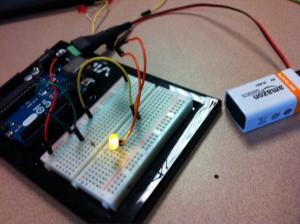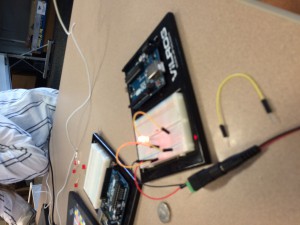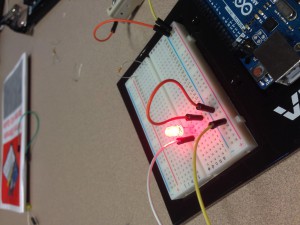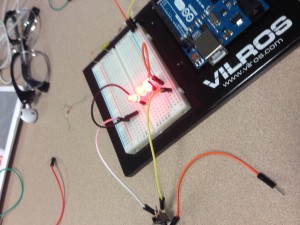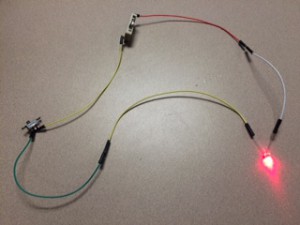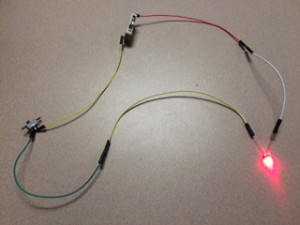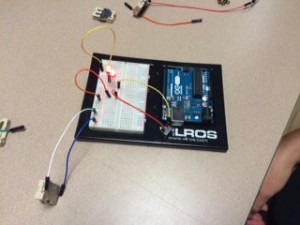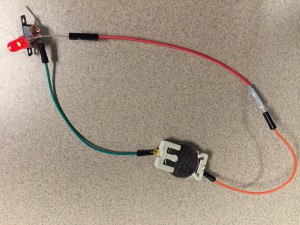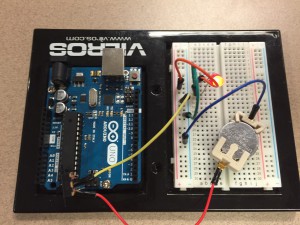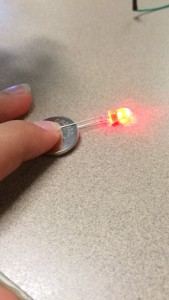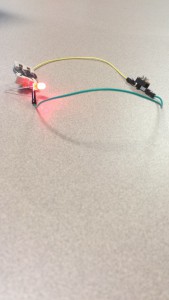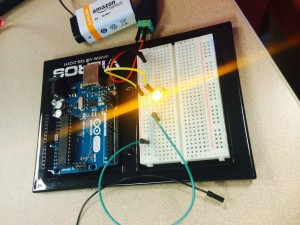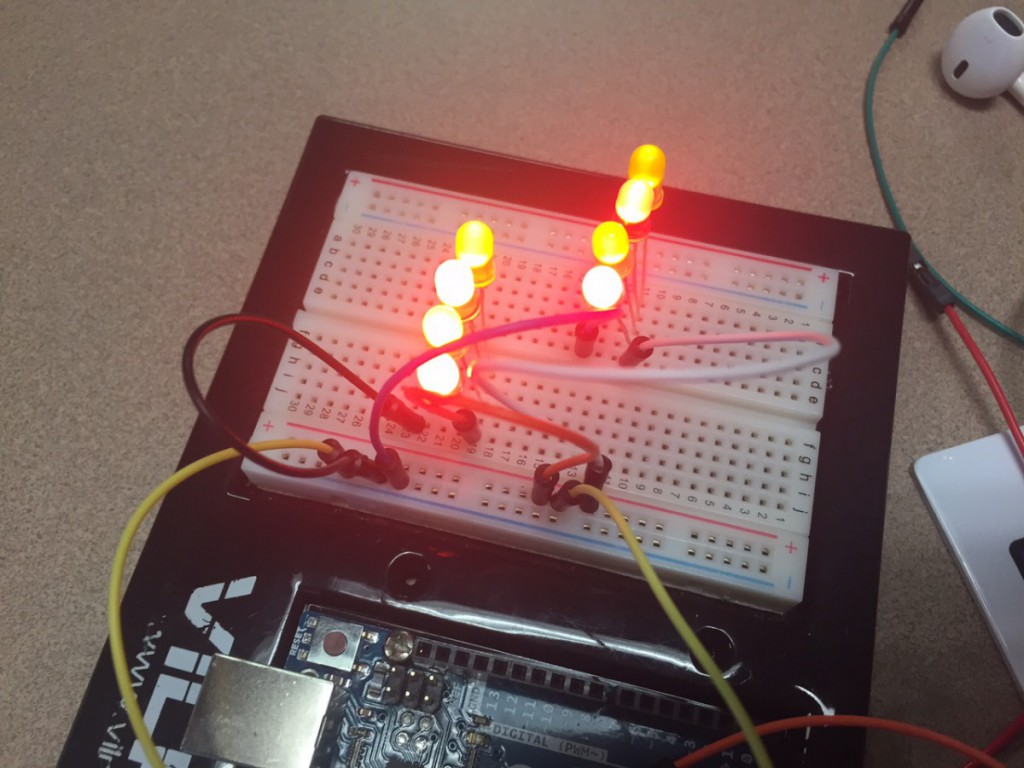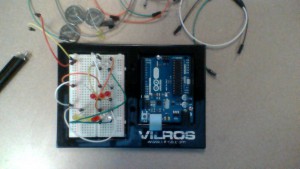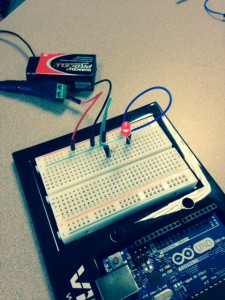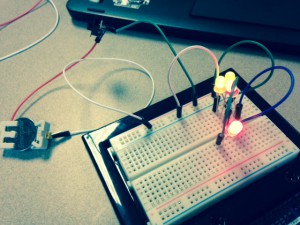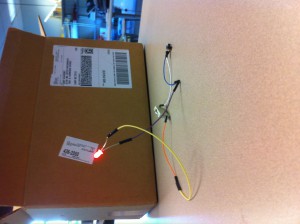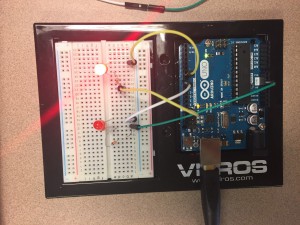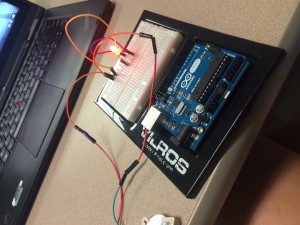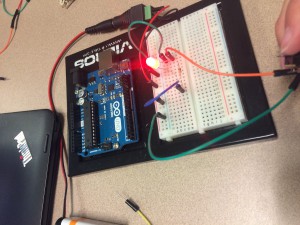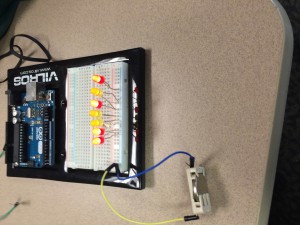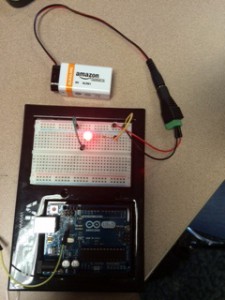My partner and I are brainstorming about projects we could make with a 3D printer and LEDS:
1. Clock where the number of the hour lights up
2. Bathroom stall door lock that lights up when the door is locked
3. A timer that lights up when it’s done
4. A charger that lights up when its plugged in (color would change depending on the battery life)
5. Pen that lights up when clicked
6. Light up bookmarks for reading in the dark
7. Light up cup that changes color based on temperature
Our collaborated ideas were:
1. A light up ball
2. Clock where the number of the hour lights up
3. Light up phone case
4. A charger that lights up when its plugged in (color would change depending on the battery life)
Top table ideas:
1. LED lamp
2. Light up jewelry box
3. Ball that lights up when you throw it.
4. Sunglasses that light up when you blink
5. Clock where the number of the hour lights up
6. Light up phone case
7. A charger that lights up when its plugged in (color would change depending on the battery life)
8. light up phone case
9. Light up watch
10. toy car with lights



